About
The Biosensors for bioengineering group is a senior group under ICREA’s Tenure Track scheme.
Organs-on-a-chip (OOC) refers to a technology that involves creating microscale devices that mimic the structure and function of human organs. These “chips” are typically composed of living cells arranged on a microfluidic platform, allowing researchers to simulate the complex interactions and physiological responses within a specific organ.
The goal of Organs-on-a-chip (OOC) technology is to provide a more accurate and representative model of human organs compared to traditional in vitro cell cultures or animal testing. By replicating the microenvironment of organs and incorporating various cell types, organs-on-a-chip can help researchers study the effects of drugs, toxins, and diseases in a more realistic and controlled manner.
Each organ-on-a-chip device is designed to replicate the unique characteristics of a particular organ, such as the liver, pancreas or skeletal muscle. These miniature systems enable researchers to observe and analyze how different substances and conditions affect cellular behavior, tissue function, and overall organ responses. The technology holds promise for drug development, disease modeling, and toxicology studies, offering a more ethical and efficient alternative to traditional methods.
Our research on OOC development has clear goals. We want OOC platforms to be easy to use and more automation to set up cell cultures. This will help more people use them, making experiments quicker and more reliable.
We’re working on creating a simple platform for growing microtissues in 3D. This makes OOC research easier to use in the real world, moving from lab tests to practical applications. We also want to improve the user experience by making OOC platforms more friendly, compatible, and ready for use.
As OOC research moves from labs to real-world use, we want to help users deal with biological challenges. We’re developing an easy-to-use 3D tissue platform and a simple bioreactor that works with sensing technology. This helps users focus on solving biological problems, validating models, and finding potential medicines. We’re also adding sensors to make the bioreactor even more effective.
Our efforts make it easier for researchers to study how organs interact. Our second goal focuses on studying more complex disease models. This helps us understand diseases better and find ways to treat them. We believe that OOCs help in three main ways: understanding diseases, making better medicines faster, and supporting personalized research using cells from individual patients. OOCs can be a solution for studying rare diseases where other methods are not available.
Our third goal is to standardize OOC platforms, making them work together better. This involves creating common rules and standards for everyone to follow. This makes collaboration and sharing information easier.
Finally, our lab is working towards making OOCs suitable for high-throughput screening. This means making them simpler and adding good models for studying diseases. In short, we’re making OOC development more user-friendly, accessible, and technologically advanced. This simplification helps in biological research and finding new medical solutions.
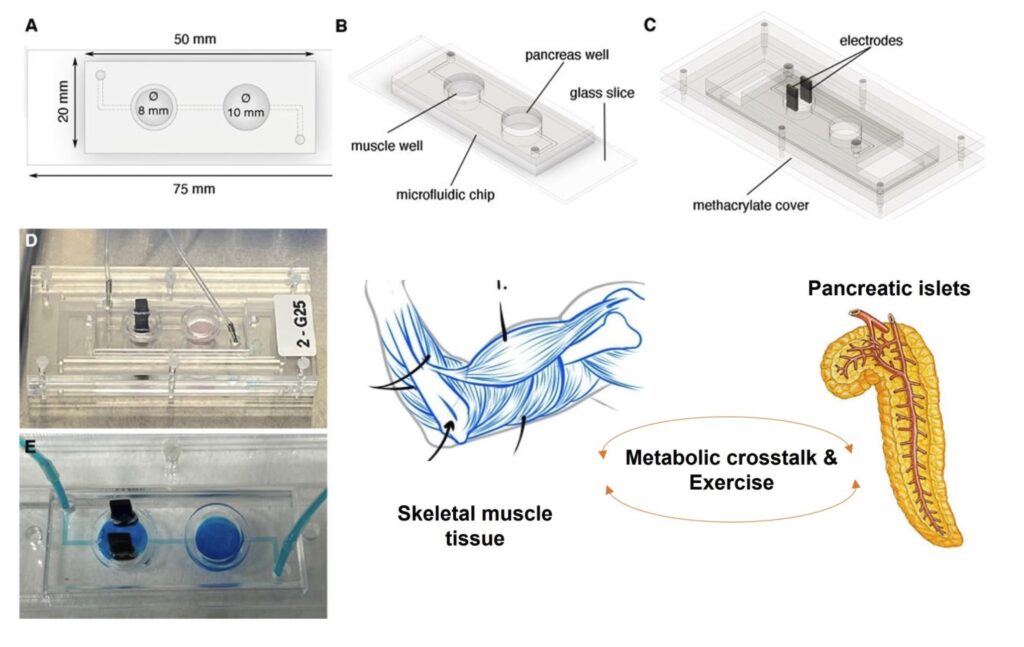
Staff
Javier Ramón Azcón
Projects
| NATIONAL PROJECTS | FINANCER | PI |
|---|---|---|
| Development of a “Muscle-on-a-Chip” (MoC) platform for the preclinical evaluation of potential therapies for Duchenne muscular dystrophy (2020-2022) | DUCHENNE ESPAÑA, IV Convocatoria Ayudas a Proyectos de Investigación | Juanma Fernandez |
| BLAD · BioLiver Assist Device (2020-2021) | AGAUR, Ajuts per a projectes innovadors amb potencial d’incorporació al sector productiu – LLAVOR | Javier Ramón |
| INNOTEC- Javier Ramon- Naturfiltr (2021-2023) | TECNIO | Javier Ramón |
| ASITOC Atomic-Sensor-Integrated Tissue-On-a-Chip: optically detected biomagnetism to understand muscular diseases (2021-2022) | BIST_Barcelona Institute of Science and Technology | Juanma Fernandez |
| INTERNATIONAL PROJECTS | FINANCER | PI |
|---|---|---|
| DAMOC · ‘Diabetes Approach by Multi-Organ-on-a-Chip’ (2017-2022) | ERC | Javier Ramón |
| BLOC · Benchtop NMR for Lab-on-Chip (2020-2022) | European Comission FET-Open | Javier Ramón |
| PRIVATELY FUNDED PROJECTS | FINANCER | PI |
|---|---|---|
| Tatami · Therapeutic targeting of MBNL microRNAs as innovative treatments for myotonic dystrophy (2019-2022) | Fundació bancaria “La Caixa” | Javier Ramón |
| FINISHED PROJECTS | FINANCER | PI |
|---|---|---|
| Programa Faster Future 2020: COVID-19 (2021) | Fundraising | Javier Ramón |
| INDUCT · Fabrication of a biomimetic in vitro model of the intestinal tube muscle wall: smooth muscle-on-a-chip (2018-2020) | MINECO | Javier Ramón |
Publications
(See full publication list in ORCID)
[br]
Equipment
Micro and nanofabrication techniques:
- 3D microstructures on hydrogel materials
- Mini-bioreactor for 3D cell culture
- Microelectrodes fabrication
- Synthesis and chemical modification of polymers and surfaces
- Dielectrophoretic cells and micro particles manipulation
Characterization techniques:
- Optical Microscopes (white light/epifluorescence)
- Electrochemical techniques (Potentiometric/Amperometric/Impedance spectroscopy)
- Immunosensing techniques (Fluorescence ELISA/Colorimetric ELISA/magneto ELISA)
Equipment:
- Microfluidic systems (High precision syringe pumps/Peristaltic pumps/Micro valves)
- Biological safety cabinet (class II)
- Epifluorescence microscope for live-cell imaging
- Pulsar – a high-resolution, 60MHz benchtop NMR spectrometer from Oxford Instruments
Access to the Nanotechnology Platform (IBEC Core Facilities): equipment for hot embossing lithography, polymer processing and photolithography, chemical wet etching, e-beam evaporation and surface characterization (TOF-SIMS)
Access to the Scientific and Technological Centers (University of Barcelona): equipment for surface analysis (XPS, AFM, XRD), organic structures characterization (NMR) and microscopy techniques (SEM, TEM, confocal)
Collaborations
We collaborated closely with Professor Ruben Artero from Instituto de Investigaciones Clínicas de Valencia (INCLIVA) and medical doctor Vilchez from Hospital de la Fe (Valencia). We develop muscle-on-a-chip devices using 3D tissue cultures and biosensors. During my career, I established national and international collaborations with other researchers, clinicians, and companies. This is reflected by the fact that I attracted competitive funding awarded by the prestigious entity Medical Research Council (UK), focused on studying Duchenne’s rare disease. I also collaborate on projects with more clinical groups and hospitals, e.g., Hospital de Sant Pau (Barcelona). With senior professor Eduard Gallardo’s group, we are developing human microtissues to study the myasthenia gravis neuromuscular rare disease.
Following the translational nature of my research, I recently became the entrepreneurial scientist of a valorisation project financed by Producte Call (AGAUR) to bring to the market plasmonic biosensors for Myasthenia Gravis diagnosis. I actively collaborate with patient associations such as “Duchenne Parent Project ” and “Asociación Conquistando Escalones,” and with national and international companies such as Arthex biotech, SOM biotech, BI/OND (The Netherlands), and BioEmTech (Greece). I have also established contacts with the industry to develop new technology with a high impact on clinical diagnosis and drug development. Specifically, we collaborate with Grifols (Spain), Multivawe (Switzerland), Oxford Instrument (UK) and NovoNordisk (Denmark). This last collaboration aims to develop new biomaterials for cell therapies. I have also established contacts with the industry to develop new technology with a high impact on clinical diagnosis and drug development, specifically collaborating with Multiwave (Switzerland) and Oxford Instrument (United Kingdom). I am also co-founder of a spin-off company, Vitala.
News
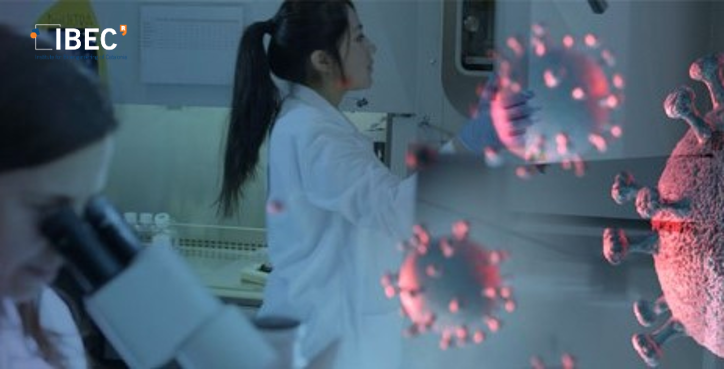
L’IBEC busca la complicitat de la societat per accelerar la recerca contra la COVID19
L’Institut de Bioenginyeria de Catalunya (IBEC) posa en marxa la campanya Faster Future “A per la COVID19”, amb l’objectiu de recaptar els 100.000€ necessaris per accelerar tres projectes de recerca en col·laboració amb hospitals i associacions de pacients.

L’IBEC participa en l’Innovation Day Barcelona 2020
Des del 31 d’octubre fins el 7 de novembre participants de diferents àmbits i nacionalitats van participar en la 3ª edició de l’Innovation Day (i-Day), una sèrie d’esdeveniments organitzats per EIT Health en col·laboració amb institucions locals d’investigació i salut.
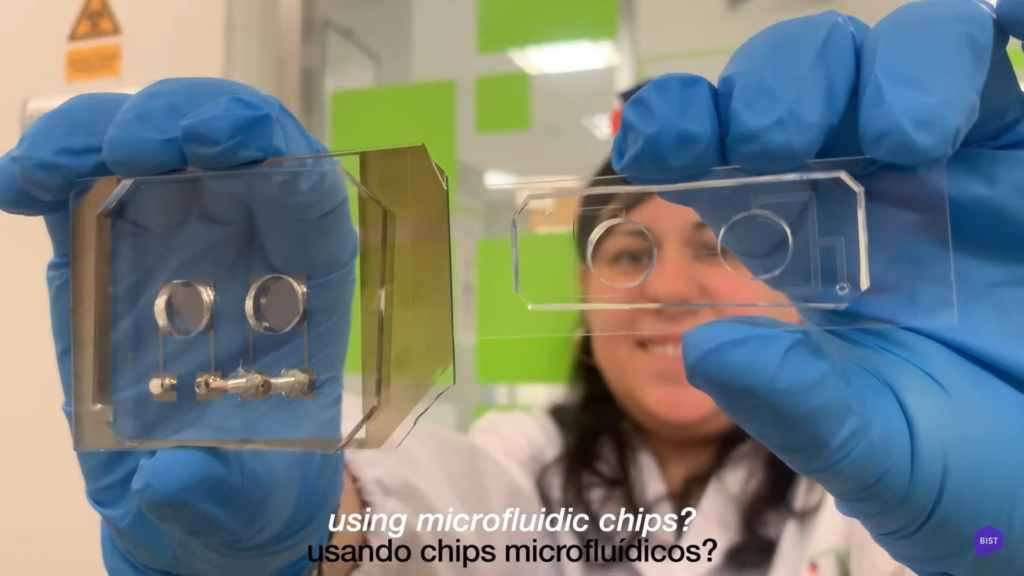
Investigadors de l’IBEC guardonats per les seves activitats de comunicació
La setmana passada diversos investigadors de l’IBEC van ser guardonats per la seva qualitat en la difusió de la bioenginyeria. Des de xerrades científiques, fins a vídeos i pòsters, els científics i enginyers de l’IBEC mostren el seu talent dins i fora del laboratori.
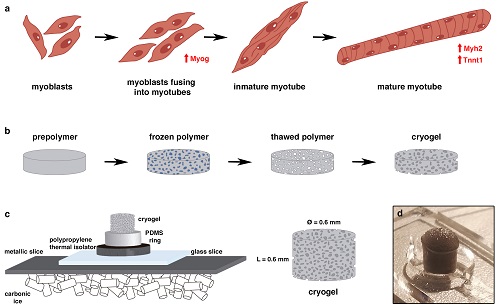
Nanotecnologia per a millorar el creixement dels teixits humans al laboratori
Investigadors de l’Institut de Bioenginyeria de Catalunya (IBEC) desenvolupen una innovadora bastida que permet el creixement de teixit muscular en el laboratori, a escala mil·limètrica. Aquesta tecnologia, obre una porta a potencials aplicacions en els camps del trasplantament d’òrgans i l’enginyeria, el cribratge de fàrmacs i el modelatge de malalties.
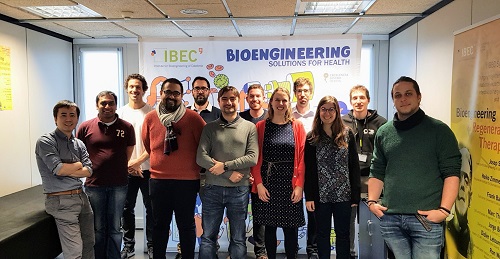
L’IBEC lidera un projecte europeu per avaluar la resposta a fàrmacs en dispositius d’òrgan-en-un-xip
Un grup d’investigadors de l’Institut de Bioenginyeria de Catalunya (IBEC) lidera el projecte europeu BLOC, una iniciativa capitanejada pels investigadors Javier Ramón i Irene Marco que busca avaluar la resposta a diferents fàrmacs en malalties metabòliques utilitzant dispositius d’òrgan-en-un- xip mitjançant ressonància magnètica nuclear (RMN). Per a això, el consorci comptarà amb un pressupost de gairebé 3 milions d’euros, finançats pel programa FET Open d’Horizon 2020.
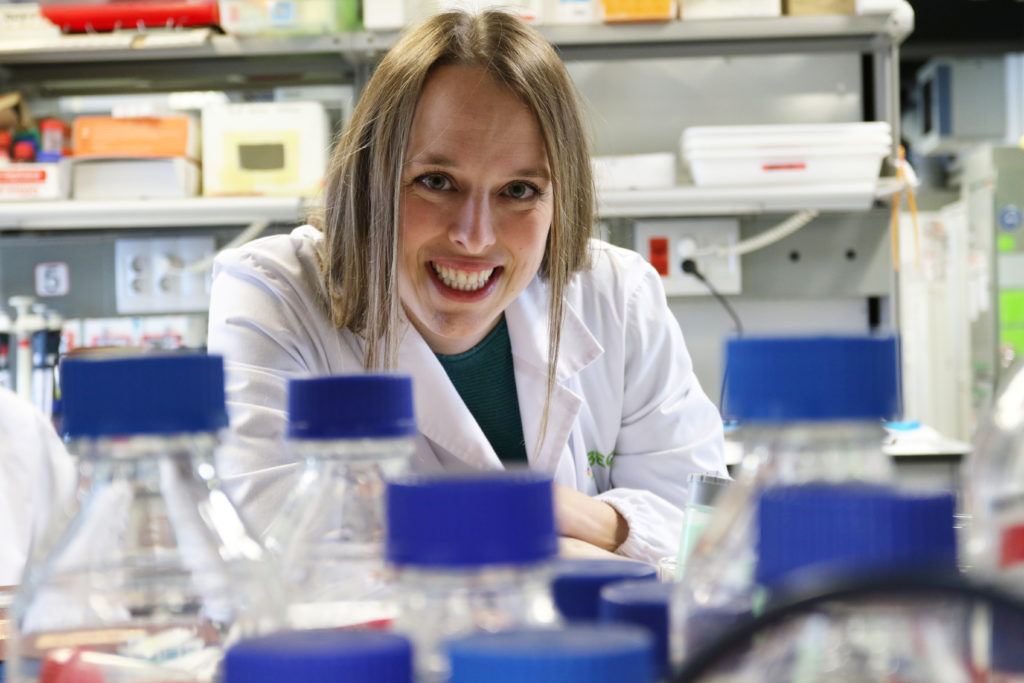
Com triar el millor fàrmac per a cada pacient amb càncer? Irene Marco a BigVan de La Vanguardia
Irene Marco explica a la secció BigVan de La Vanguardia com gràcies a la microfluídica i a la investigació basada en l’ús de dispositius “organ-on-a-xip” es pot donar un pas endavant cap a la medicina personalitzada.
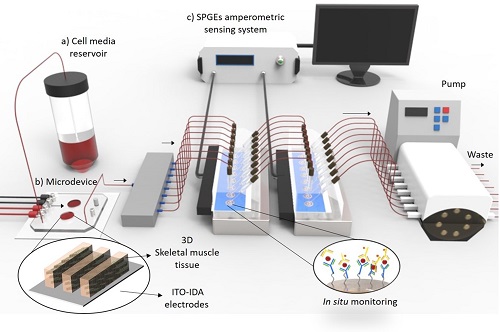
Investigadors de l’IBEC desenvolupen una plataforma de bioenginyeria que permet detectar molèules pro-inflamatòries presents en desordres musculars
El grup de recerca de Biosensors per a la bioenginyeria liderat per Javier Ramón ha desenvolupat una plataforma de detecció per a la captació in-situ de molècules pro-inflamatòries segregades pels teixits, conegudes com a citoquines. Aquesta nova metodologia obre una porta a la comprensió dels desordres metabòlics presents en les malalties musculars a més a més del desenvolupament d’aplicacions de detecció de drogues. Tot i que el 40% del total de massa corporal és teixit muscular esquelètic, segons l’Associació Mèdica Estatunidenca, no existeix un perfil mèdic clínic especialitzat en el tractament de malalties musculars. És precisament en aquesta àrea que des de fa uns anys, el grup de recerca del Dr. Javier Ramón a l’IBEC, treballa per omplir l’escletxa entre els trastorns musculars i les teràpies mèdiques específiques.
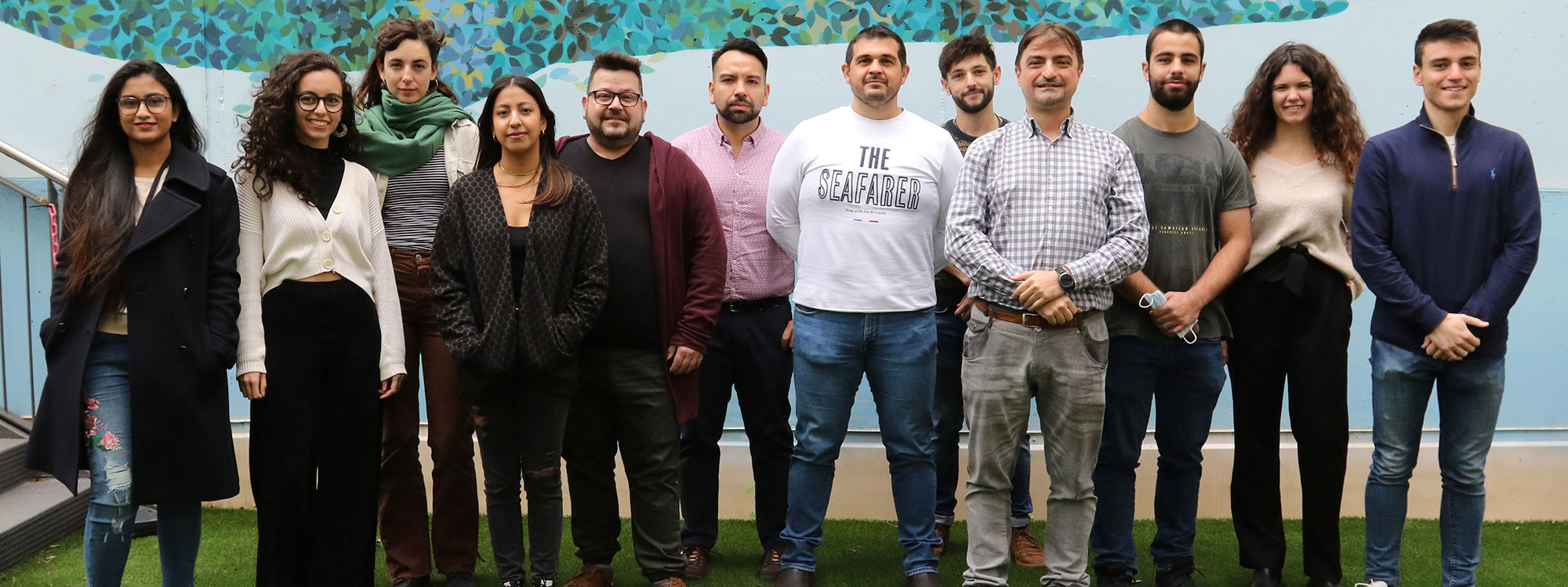
 ibecbarcelona.eu
ibecbarcelona.eu